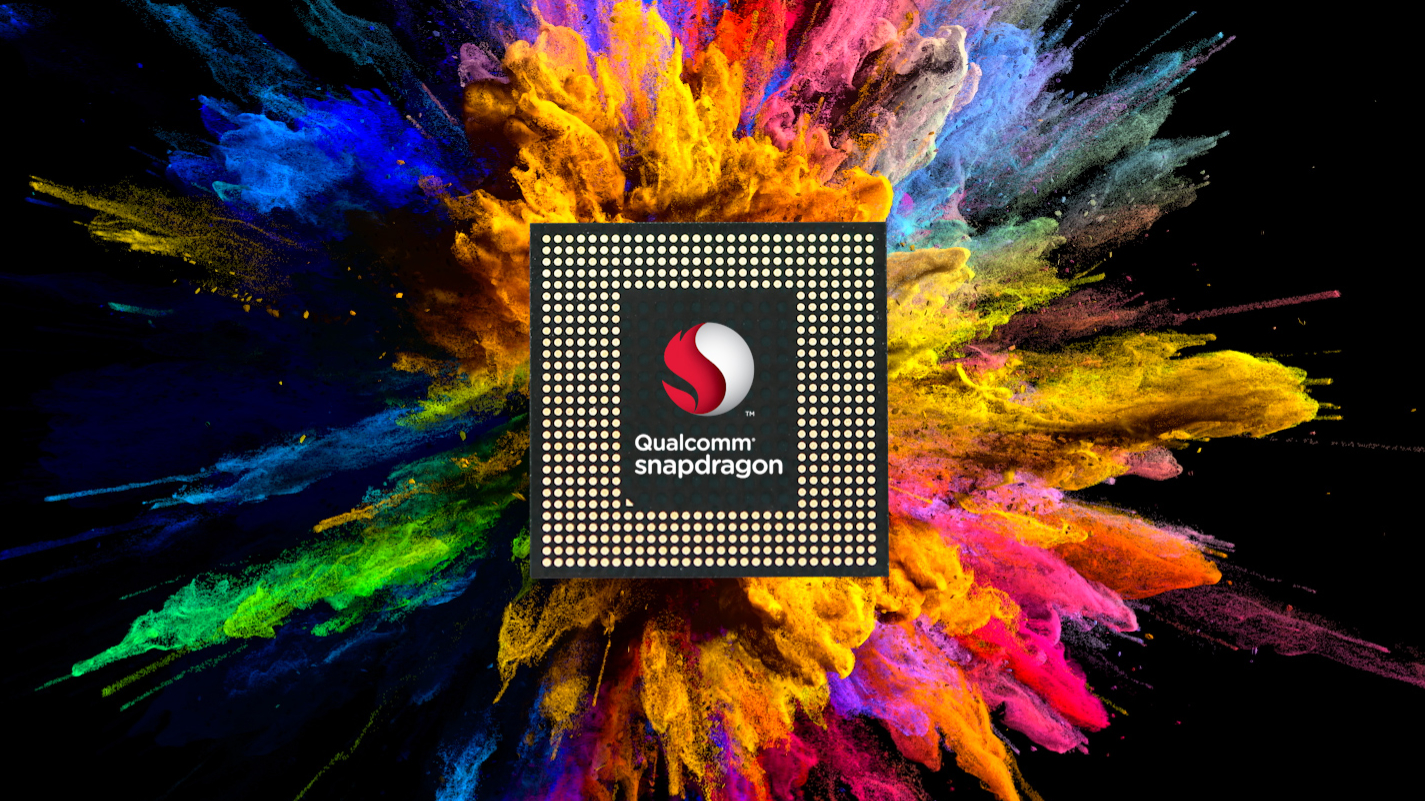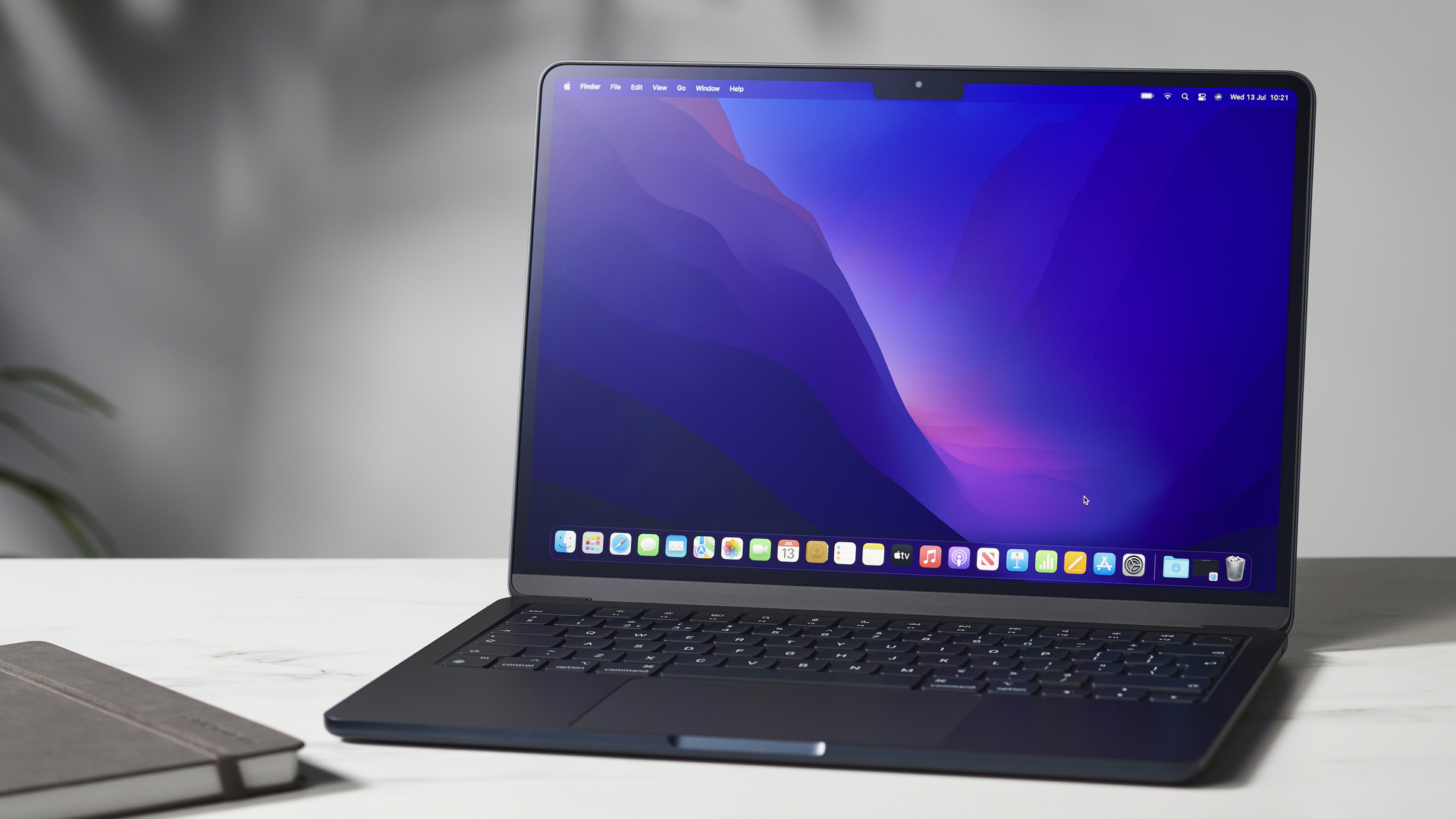Qualcomm’s new chip may finally beat Apple silicon, but there’s a catch
A new chip champ?

Ever since the launch of Apple silicon in 2020, Apple’s Mac chips have been dominating the PC industry, offering a blend of power and efficiency that even the best Windows laptops struggle to match. Now, though, chipmaker Qualcomm thinks it can outdo Apple’s best efforts – but while it’s impressive, it still has a way to go.
According to benchmark data (spotted by Windows Latest), Qualcomm’s new Snapdragon 8cx Gen 4 chip may have finally overtaken Apple’s M1. The benchmarks show that Qualcomm’s chip scored 1,197 on the single-core test and 9,337 on the multi-core test.
How does that stack up against the M1? Well, the M1 hits 8,315 on the multi-core test, meaning Qualcomm’s latest effort has pulled ahead of Apple’s venerable Mac chip. The 8cx Gen 4 has eight performance cores and four efficiency cores, which is twice the number of performance cores as Apple’s M1. That could help explain the improved multi-core result.
However, there’s a notable catch in the results: Apple’s M1 chip still pulls ahead in the single-core test with a score of 2,334. That’s almost double the benchmark achieved by Qualcomm’s best, and suggests there’s still a large gulf between the two products.
Not the winner yet

While the multi-core test is encouraging for fans of powerful, efficient Windows laptops, there are several hurdles Qualcomm still has to overcome.
For one thing, Apple’s M1 chip is three years old now and has been surpassed by the M2, which comfortably beat the 8cx Gen 4 in the multi-core test (score: 9,741) and obliterated it in the multi-core test with a result of 2,589.
As well as that, Apple is on the verge of launching its M3 chip, which is widely expected to be a serious step up over the M2 thanks to its highly efficient 3-nanometer manufacturing process. If Qualcomm’s best can’t beat the M2, it probably won’t stand much chance against the M3.
Sign up for breaking news, reviews, opinion, top tech deals, and more.
Finally, the key selling point of Apple silicon is that it combines blistering performance with minimal power draw. With double the number of performance cores, the 8cx Gen 4 may be much more power-hungry than Apple’s chips, which means more battery drain and fan noise. That’s an area where Apple still rules the roost.
Still, despite all that, it’s encouraging to see Qualcomm making strides in closing the gap with Apple. For many years, Windows users have been left without a serious competitor to Apple’s fast, efficient Apple silicon chips. Now, things might finally be starting to change.
You might also like

Alex Blake has been fooling around with computers since the early 1990s, and since that time he's learned a thing or two about tech. No more than two things, though. That's all his brain can hold. As well as TechRadar, Alex writes for iMore, Digital Trends and Creative Bloq, among others. He was previously commissioning editor at MacFormat magazine. That means he mostly covers the world of Apple and its latest products, but also Windows, computer peripherals, mobile apps, and much more beyond. When not writing, you can find him hiking the English countryside and gaming on his PC.